Can Huawei’s visual intelligence drive surpass Tesla? Pure vision confronts the dispute between cost and performance
Can Huawei’s visual intelligence drive surpass Tesla? Pure vision confronts the dispute between cost and performance
Huawei HarmonyOS Ecological Spring Communication Conference was successfully held on the afternoon of April 11th. This conference focused on the new products of Zhijie S7 and MateBook. Zhijie S7, the first car built by Huawei and Chery based on HarmonyOS Zhixing model, was unveiled in November last year.
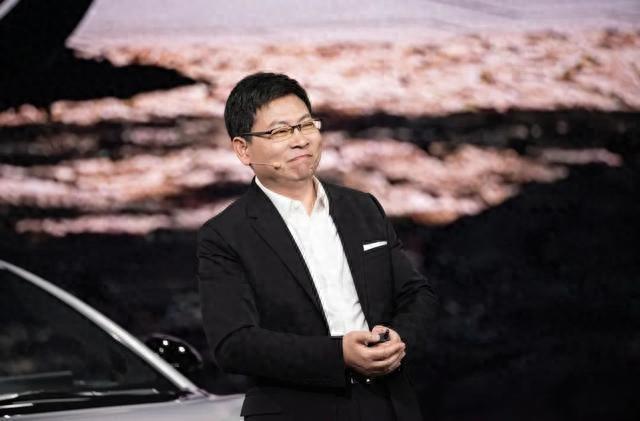
The intellectual community "returned to the furnace" after half a year, which attracted attention. Huawei chose to re-release it because of its Huawei visual intelligent driving system, which is the first time Huawei has launched a visual driving solution without lidar.
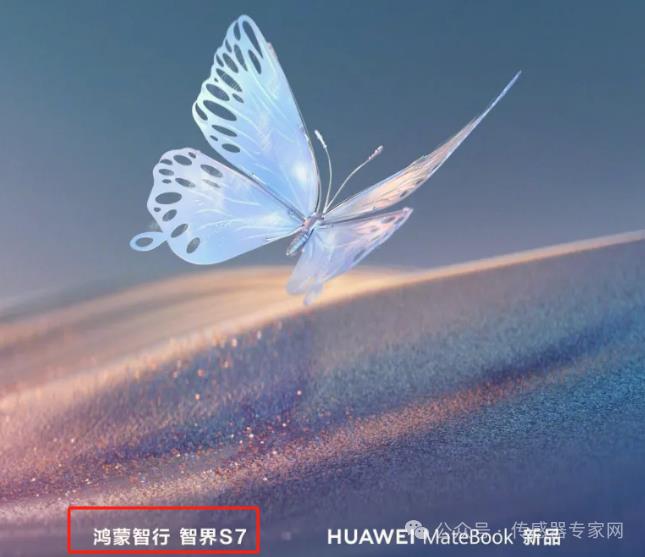
At the press conference, Yu Chengdong said that Huawei’s visual smart driver equipped with Zhijie S7 has surpassed Tesla, which is known as the "originator of vision", in real vehicle performance, showing strong confidence in its own scheme.
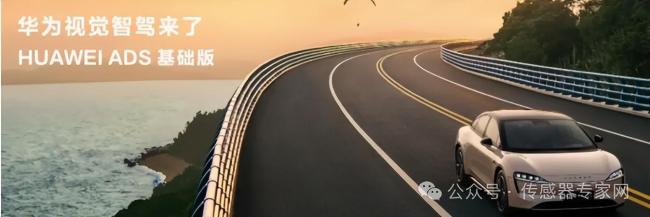
How does Huawei’s visual intelligence drive compete with Tesla’s visual intelligence drive on the premise of abandoning lidar? What kind of sensor does its technical strength come from? Huawei revealed the answer at the meeting.
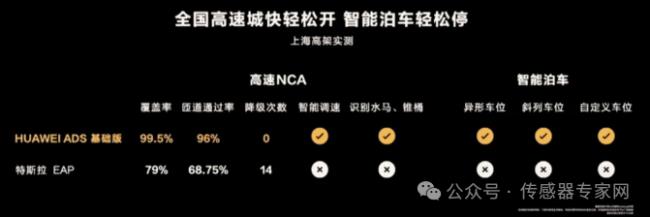
Huawei officially released the first visual intelligent driving product-Huawei ADS Basic Edition. According to Yu Chengdong, the scheme can realize NCA intelligent driving navigation assistance on national expressways and urban expressways, including intelligent driving on and off ramps, coping with complex scenes such as road construction and cone-bucket diversion, and has certain ability to change lanes and avoid obstacles independently.
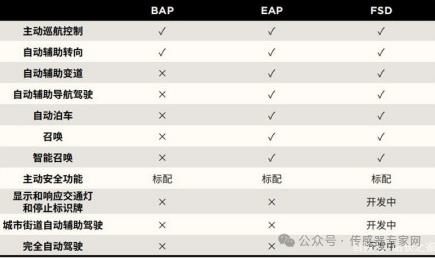
HUAWEI ADS basic edition is not equipped with laser radar, but realizes environmental perception through three millimeter-wave radars, 10 visual perception high-definition cameras and 12 ultrasonic radars, so as to build a visual intelligent driving scheme without laser radar.
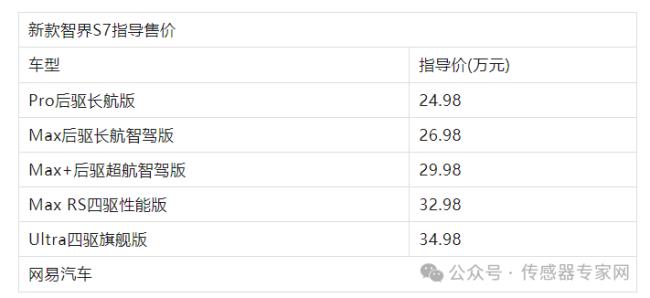
At the press conference, Huawei ADS Basic Edition pointed directly at Tesla EAP(Enhanced Auto Pilot Enhanced Driver Assistance). Huawei claims that the comparative test results show that the coverage rate of Huawei’s visual intelligent driving is as high as 99.5%, the pass rate of ramp is 96%, and there is no degradation in the whole process. At the same time, it has the functions of intelligent speed regulation and identification of water horse cones. In contrast, the coverage rate of Tesla equipped with EAP is only 79%, the on-ramp pass rate is 68.75%, and it has been degraded 14 times, and it is impossible to identify obstacles of the opposite sex.

In terms of intelligent parking, Huawei’s visual intelligent driving has completely surpassed Tesla, which lacks support for different shapes, oblique rows and custom parking spaces.

As an optional function, Tesla EAP includes four functions: automatic lane change assistance, automatic navigation and driving assistance, intelligent calling and automatic parking, which need to be purchased at an extra cost. Tesla’s self-driving products are divided into three grades: BAP, EAP and FSD, of which BAP is the basic version and EAP is the enhanced assisted driving, and the two are free and charge $6,000 respectively. FSD is Tesla’s highest-level self-driving product, which has the functions of navigation-assisted driving, automatic lane change, automatic parking, intelligent calling, traffic signal recognition, and automatic turning of urban roads.

Zhijie S7 has launched five models, with the price range of 249,800 yuan to 349,800 yuan. Among the new models, the Ultra version uses a 100kWh battery pack, while the Max and Max+ versions have a price reduction of 20,000 yuan compared with the initial listing.

It is worth noting that Huawei Vision Smart Drive HUAWEI ADS Basic Edition is only installed in Zhijie S7 Pro rear drive long battery life version. In contrast, the version of Zhijie S7 Max with a price higher than 20,000 yuan is equipped with the same 192-line laser radar as that of Wenjie M9, with the longest detection distance of 250m, which is 20% higher than the industry average. Except for lidar, there is no difference in other configurations between the two models.

From this point of view, whether equipped with lidar has become the main difference between the basic version and the high-end version of Huawei’s ADS intelligent driving scheme, and the price difference between them is mainly reflected in this 192-line lidar.
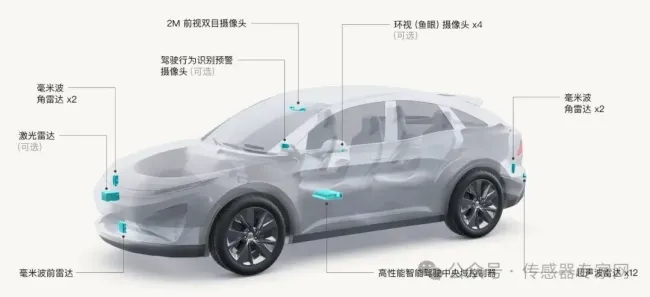
What is the difference between Huawei Smart Drive with and without lidar? The former has enhanced its omni-directional anti-collision ability. After Zhijie S7 is equipped with laser radar, the effective range of forward active safety AEB is expanded to 4-150km/h, and the maximum braking speed is increased to 120 km/h; The effective range of lateral active safety is increased to 40-130km/h, and obstacles such as water horses can be actively identified.
The existence of lidar significantly improves the safety protection performance of vehicles, especially when dealing with emergencies such as "ghost probe". Previously, an owner of the M7 car in the border area encountered a "ghost probe" accident while driving at a speed of nearly 130km/h at high speed, and a pedestrian suddenly crossed the isolation belt and broke into the fast lane. Fortunately, Huawei’s intelligent driving system equipped with the M7 in Wenjie timely identified and took evasive measures to avoid the tragedy. This successful obstacle avoidance case is largely due to the lidar carried by the vehicle. Under extreme conditions, it is difficult to achieve such accurate perception only by visual sensors or human eyes.
In addition, the advanced version of HUAWEI ADS equipped with lidar has achieved wide coverage of roads in China, covering more than 40,000 towns and villages in China, including main roads, branch roads and even smaller roads. The third-party test data shows that the road coverage rate of the system has reached 99.56%. In contrast, the basic version of HUAWEI ADS-visual intelligent driving scheme is currently only applicable to NCA intelligent driving navigation assistance for national expressways and urban expressways.
Despite this, lidar is still recognized as the strongest sensor to achieve high-order assisted driving at this stage, even Huawei is no exception.
Why do some manufacturers choose to give up lidar? High cost is the main reason. Compared with the Zhijie S7Pro rear-drive long-life intelligent driving version, the Zhijie S7Max rear-drive long-life intelligent driving version is 20,000 yuan more expensive, mainly because of the addition of laser radar. Are consumers willing to pay for this?
In December, 2023, DJI Vehicle cooperated with Chery to launch the mass-produced model iCAR 03. This model adopts 7V pure vision sensor scheme, and the whole vehicle has no millimeter-wave radar or ultrasonic radar, making it the first automobile in China to realize high-order driving assistance function only by pure vision sensing hardware. With the help of pure visual sensor hardware, iCAR 03 also supports high-order assisted driving functions such as cross-layer memory parking, urban memory navigation and high-speed navigation.
The intelligent driving solution "Chengxing" launched by DJI Vehicle takes the inertial navigation stereo binocular sensor as the core sensing device, provides 7V and 9V pure vision sensor configurations, and supports extended multi-sensor such as lidar. This scheme can realize a variety of L2+ high-order intelligent driving functions with a computing power configuration as low as 32TOPS. Among them, the 7V sensor scheme includes an inertial navigation binocular vision sensor and five cameras, and the 9V sensor scheme adds two side-looking monocular cameras on this basis.
The hardware cost of DJI vehicle-mounted binocular vision intelligent driving scheme is extremely low. According to Shen Shaoshua, the person in charge of the vehicle in DJI, the hardware cost of the "Chengxing" platform can be reduced to less than 10,000 yuan, even reaching the level of 5,000 yuan, which is roughly equivalent to the price of a long-range lidar.
Both Chery’s cooperation with DJI Vehicle and Huawei’s cooperation have put forward a vision intelligent driving scheme without lidar version, which shows the active exploration and trade-off of domestic automobile manufacturers in the field of intelligent driving, and reveals how to introduce intelligent driving technology into a lower price range through trade-offs.
Although lidar is irreplaceable for its high-precision sensing ability, even Huawei acknowledges its watershed position between the basic version and the high-end version of HUAWEI ADS. However, with the intensification of competition in the automobile market, domestic automobile manufacturers are eager to introduce intelligent driving technology into a lower price range, and enterprises such as DJI and Huawei have achieved mass production of visual intelligent driving solutions that do not rely on lidar.
Therefore, reducing the cost of lidar has become a top priority.